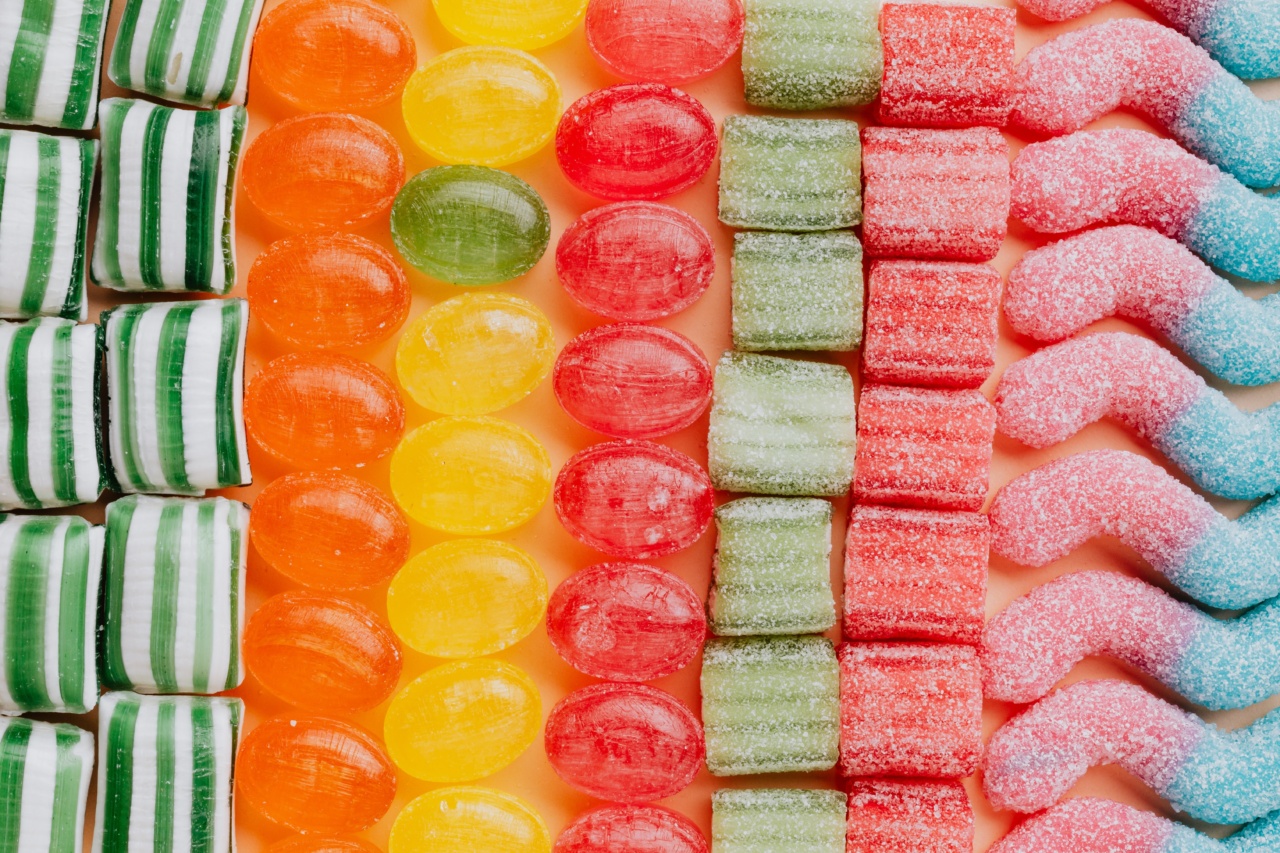Many of us have experienced the deliciousness that comes from a perfectly grilled steak or a slightly charred marshmallow. However, there is more to burnt food than just the flavor.
Burnt food can also pose risks to our health and safety, from carcinogenic compounds to fire hazards. In this article, we will explore the dangers of burnt food, how to avoid them, and what to do when accidents happen.
What Is Burnt Food?
Burnt food is food that has been overcooked or exposed to excessive heat, resulting in a charred or blackened appearance and a smoky or bitter taste. Burnt food can happen on the stovetop, in the oven, or on outdoor grills and campfires.
Some foods are more prone to burning than others, such as meats, bread, and sugar-based desserts.
Health Risks of Burnt Food
While burnt food may be tasty, it can also be harmful to our health. When food is overcooked or burned, it can create hazardous compounds that can damage our cells and increase the risk of diseases such as cancer.
Acrylamide
One such compound is acrylamide, a toxin that can form when starchy foods like potatoes and bread are cooked at high temperatures.
According to the National Cancer Institute, animal studies have shown that acrylamide can cause tumors in the lungs, thyroid, and mammary glands. While more research is needed to determine the exact risk to humans, it is recommended to avoid burning starchy foods.
Heterocyclic Aromatic Amines (HAAs)
Another category of compounds found in burnt food is heterocyclic aromatic amines (HAAs), which are formed when meats like beef, pork, and chicken are cooked at high temperatures.
HAAs have been linked to an increased risk of colorectal, pancreatic, and breast cancers, according to the American Cancer Society. To reduce your exposure to HAAs when grilling, marinate your meats beforehand, cook them on lower heat, and avoid charring them.
Polycyclic Aromatic Hydrocarbons (PAHs)
Polycyclic aromatic hydrocarbons (PAHs) are another class of compounds that can form when meats are charred or smoked.
PAHs have been linked to skin, lung, liver, and bladder cancers, as well as other health issues like respiratory and cardiovascular problems. To reduce your PAH exposure when cooking meat, choose leaner cuts, trim any visible fat, and avoid charring or smoking the meat.
Fire Hazards of Burnt Food
Burnt food can also pose a fire hazard in the kitchen or outdoors. When food is left unattended on a hot stove or grill, it can catch on fire, leading to property damage, injuries, and even fatalities.
According to the National Fire Protection Association, cooking fires are the leading cause of home fires, and unattended cooking is the leading cause of cooking fires.
How to Avoid Burnt Food
By following some simple tips, you can reduce your risk of burning your food and avoid the health and safety hazards that come with it:.
Use a thermometer
Invest in a food thermometer to accurately gauge the internal temperature of your meats and ensure they are cooked to the appropriate degree. This can prevent overcooking and burning.
Adjust cooking times and temperatures
Be mindful of how long and at what temperature your foods are cooking. Adjust cooking times and temperatures accordingly to avoid overcooking and burning.
Keep a watchful eye
Paying attention to your food while it cooks can prevent burning and fire hazards. Avoid leaving the kitchen or grill unattended for extended periods of time, and use a timer to remind you when to check the food.
Marinate meats beforehand
Marinating meats beforehand can help reduce the formation of HAAs when grilling. Use an oil-based marinade with herbs and spices to add flavor and protection.
Trim visible fat
Trimming visible fat from meats can reduce the formation of PAHs when grilling or smoking. This can also make the meat leaner and healthier.
Clean grill grates
Dirty grill grates can lead to uneven cooking and burning. Clean your grill grates before and after each use to ensure they are free from debris and buildup.
What to Do When Accidents Happen
Despite our best efforts, accidents can still happen when cooking. If you do experience a cooking fire, here are some tips for how to handle it:.
: For stovetop fires
Turn off the heat source.
Smother the flames by covering the pan with a lid or using baking soda.
Evacuate the area and call for help if the fire does not extinguish.
: For grill fires
Turn off the gas tank or charcoal.
Close the grill lid to smother the flames.
Do not use water to extinguish the fire.
Evacuate the area and call for help if the fire does not extinguish.
Conclusion
Burnt food may be delicious, but it can also be dangerous for our health and safety.
By understanding the risks associated with burnt food and following some simple tips to avoid it, we can enjoy our favorite foods without putting ourselves or our loved ones in harm’s way.





























